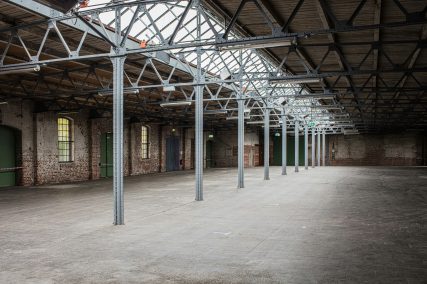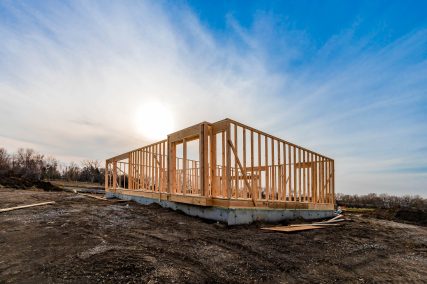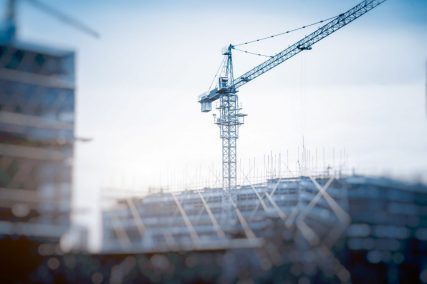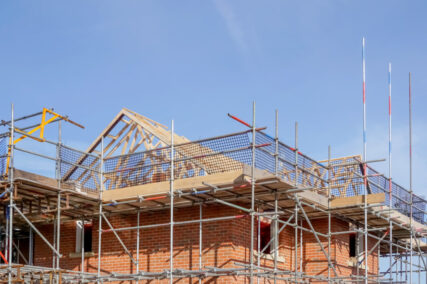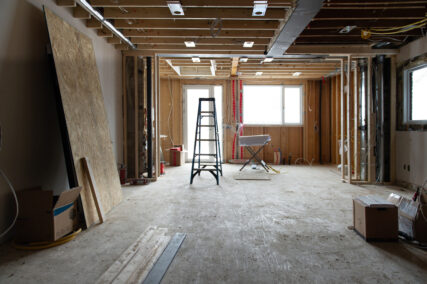What are the steps involved in the property development process?
The property development process can be broken down into several key steps. The exact steps may vary depending on the specific project, but here are the typical steps involved in the property development process:
- Site Selection: Identify potential sites for development and conduct a feasibility study to determine if the site is suitable for development, considering factors such as zoning regulations, environmental factors, and access to utilities.
- Concept Development: Develop a concept for the project, including the type of development, design, size, and budget.
- Project Planning: Create a detailed project plan that includes all aspects of the project, such as timelines, budgets, resources, risks, and deliverables.
- Financing: Secure financing for the project, including equity and debt financing.
- Approvals and Permits: Obtain necessary permits and approvals from local and national agencies before beginning construction.
- Design and Engineering: Develop detailed designs and engineering plans for the project, including architectural plans, engineering drawings, and construction documents.
- Construction: Begin construction of the project, including site preparation, foundation work, and building construction.
- Marketing and Sales: Develop a marketing plan and begin marketing and selling the project to potential buyers or tenants.
- Completion and Handover: Complete construction of the project, obtain final approvals and permits, and deliver the property to the owner or occupants.
- Post-Completion: Provide ongoing maintenance and support for the property, including property management, repairs, and other services as needed.
Effective project management is critical to ensuring that the property development process is completed successfully. Developers must be able to manage timelines, budgets, and resources effectively, as well as communicate effectively with all stakeholders involved in the project.

